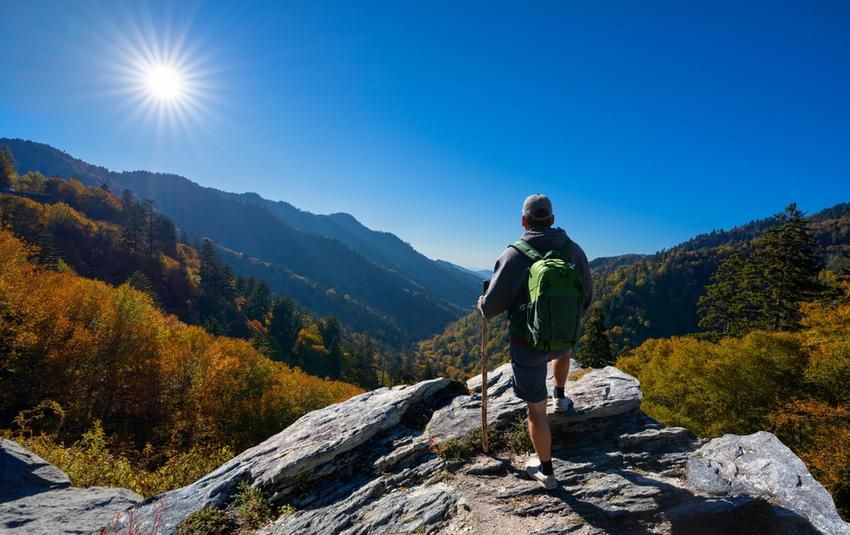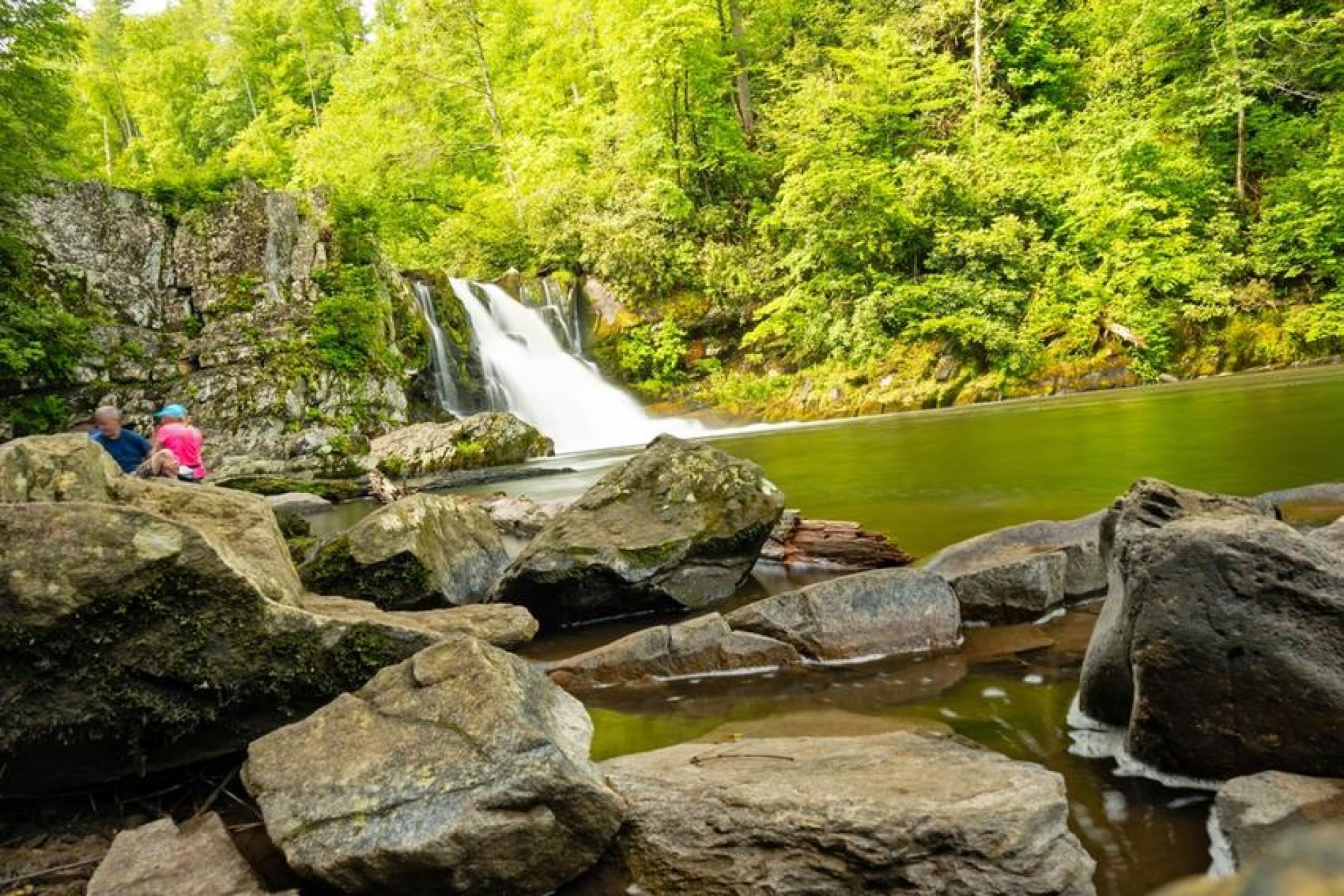
Very Best Time to Visit the Great Smoky Mountains National Park
Wondering about the best time to visit Great Smoky Mountains National Park? It depends on what you want to see and do. Spring offers wildflowers and mild weather, while summer is great for lush views and outdoor activities. Fall features stunning foliage, and winter provides a peaceful, snowy escape.
Book your stay with Prestige Vacation Rentals and read on to find out which season suits you best.
About Great Smoky Mountains National Park
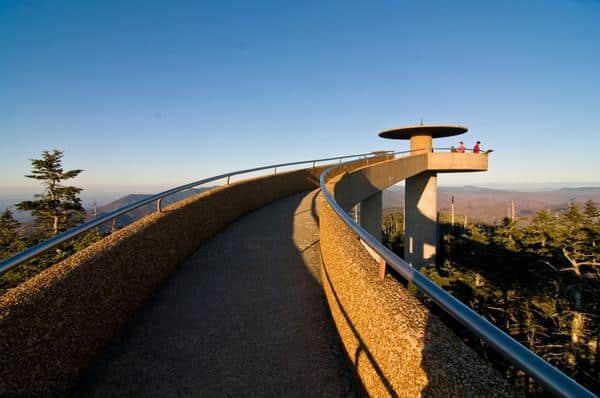
Great Smoky Mountains National Park, straddling the border of Tennessee and North Carolina, is renowned for its breathtaking natural beauty and incredible biodiversity.
As America’s most visited national park, it offers a sprawling landscape of ancient, rounded mountains, vibrant forests, and over 2,000 miles of pristine streams and rivers. The park is a haven for wildlife, including the densest black bear population in the eastern U.S., and is famously known as the “Salamander Capital of the World” due to its abundant species.
Visitors can explore over 800 miles of hiking trails, discover numerous waterfalls, and experience the unique “smoky” blue mist that often hangs over the peaks, created by the natural exhalation of volatile organic compounds from its dense vegetation. Beyond its natural wonders, the park also preserves remnants of Southern Appalachian mountain culture, with historic log cabins, barns, and grist mills that offer a glimpse into the region’s past.
Springtime In the Smokies
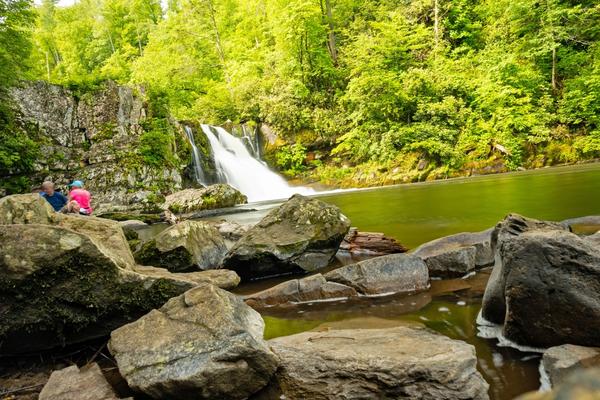
Spring in the Great Smoky Mountains National Park is a vibrant time with mild temperatures ranging from the 30s at night to 60s and 70s during the day, perfect for exploring without many visitors. Trails are adorned with spring ephemerals like lady slipper orchids and trilliums, and trout fishing in streams such as Abrams Creek adds adventure. However, be ready for muddy paths due to April showers and dress in layers for the unpredictable weather.
As the season transitions from early spring into late spring, the park comes alive with abundant activities and wildlife sightings. It’s mating season for many animals, so keep an eye out for deer, bears, and other wildlife as they become more active.
Springtime in the Smokies provides great hiking opportunities on low-elevation trails. According to the National Park Service, the Little River Trail is particularly inviting, offering a serene walk alongside a cascading river.
Summer Adventures In the Smokies
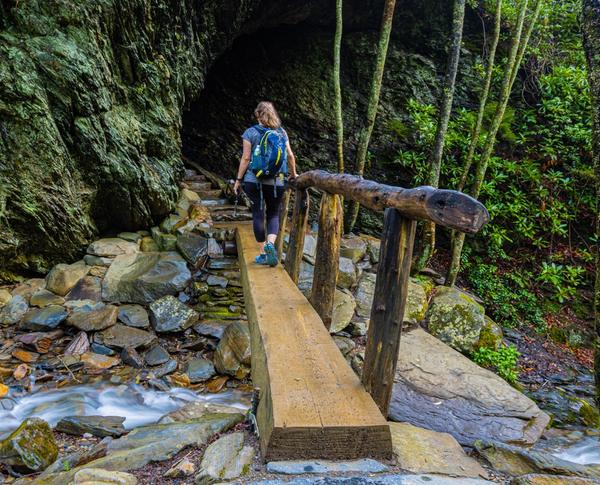
Summer is the most popular time to visit the Great Smoky Mountains, with average temperatures in the 70s and 80s. Despite the high humidity and crowded trails, most visitors flock to the park for outdoor activities like ziplining, whitewater rafting, and horseback riding. Hiking on popular trails such as the Alum Cave Trail offers expansive views of the surrounding mountains and lush greenery.
One of the most unique experiences during the summer months is the appearance of synchronous fireflies in late May and early June, attracting visitors worldwide. However, you should plan other activities early in the day to avoid afternoon thunderstorms and to book accommodations in advance to secure your spot.
Summer in the Smokies promises endless adventure, but be prepared for heavy traffic, particularly around Newfound Gap Road. Exploring less popular areas or visiting during weekdays can help you make the most of your trip. Despite these challenges, the vibrant wildlife and magical experiences make summer a great time to visit the most visited national park.
Fall Foliage In the Smokies
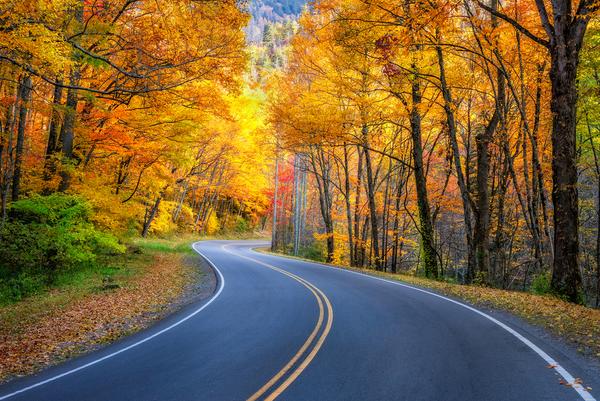
The Smoky Mountains are truly special in the fall, transforming into a kaleidoscope of colors from late September to early November due to their rich diversity of deciduous trees. As the first frosts appear on the grounds, the leaves start changing at higher elevations as early as mid-September, creating a cascading effect of reds, oranges, and yellows that gradually descends to the lower elevations.
October is peak foliage season and one of the busiest times of the year in the Smokies, with visitors flocking from all over to witness the vibrant fall colors. To avoid the largest crowds, consider visiting in September or November instead of peak October.
Trails such as Rainbow Falls and Kuwohi (formerly Clingmans Dome) offer stunning views of the vibrant landscape. With cooler temperatures ranging from the mid-50s to the low 70s, the conditions are perfect for hiking and scenic drives. Photographers will find endless opportunities to capture the stunning contrast between the colorful foliage and rugged mountain terrain.
Winter Wonderland In the Smokies
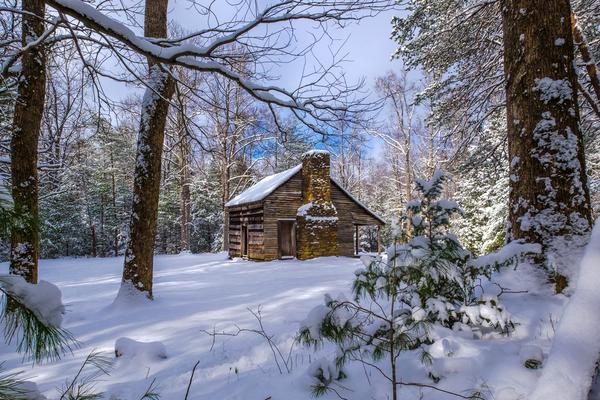
Winter in the Great Smoky Mountains National Park is a season of serene beauty and quiet solitude. January and February are the best months to experience snow flurries in the park, transforming it into a magical winter wonderland. In nearby towns, popular spots like Ober Mountain and Cataloochee Ski Area offer skiing and snowboarding, while cross-country skiing to destinations like Laurel Falls helps you enjoy the snow-covered landscape.
The park’s natural beauty is enhanced when snow falls on the mountains and trees, offering stunning photographic opportunities, especially when the sun casts a golden glow over the landscape. Up to two feet of snow can fall at higher elevations, and winter temperatures in the Smokies range from the low 20s to mid-40s.
For those seeking a tranquil escape, visiting during weekdays and avoiding major holidays can lead to a quieter experience. Arriving early in the morning offers a peaceful experience, especially in popular areas like Cades Cove.
Spend the Right Season In the Smokies
The Great Smoky Mountains National Park offers a unique and enchanting experience in every season. From the blooming wildflowers and mild temperatures of spring to the lush greenery and bustling outdoor activities of summer, each season brings its own charm.
No matter when you choose to visit, the Smokies promise unforgettable memories and endless opportunities for adventure and relaxation. So, book your stay with Prestige Vacation Rentals, pack your bags, and get ready to explore the natural beauty of the Great Smoky Mountains National Park.


